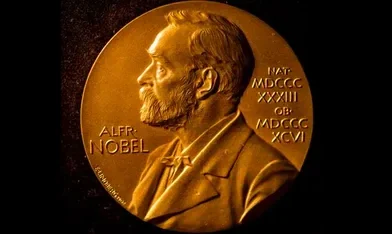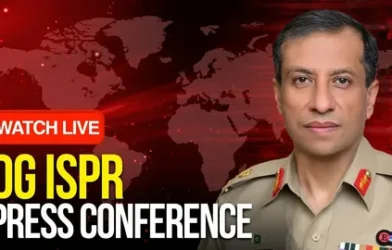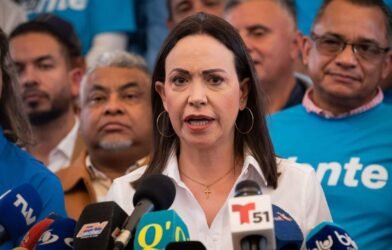The NYC Primary: A Foundation of Local Representation
The NYC primary election is one of the most critical events in New York City’s political calendar. Held every few years, it determines which candidates from major political parties will go on to appear on the ballot for the general election. While presidential and gubernatorial elections draw national attention, primary elections—particularly those in New York City—play a vital role in shaping the political landscape at the local level.
In a city as large and diverse as New York, the primary often serves as the de facto election, especially in districts where one political party dominates. For example, in many areas of the city, winning the Democratic primary is almost equivalent to winning the general election, due to the strong Democratic voter base. This makes the NYC primary a powerful tool in determining who will represent residents in key roles such as mayor, city council member, borough president, and district attorney.
Voter turnout in primaries tends to be significantly lower than in general elections. Yet, the decisions made during these primaries can have a more immediate and tangible impact on residents’ daily lives. Issues such as public transportation, housing, education, and public safety are often shaped by local elected officials chosen through the primary process. Therefore, understanding the NYC primary is essential for anyone who wants to participate actively in local governance.
How the NYC Primary Works
The structure of the NYC primary can vary slightly depending on the year and the offices up for election. Generally, New York holds closed primaries, which means that only registered party members can vote in their party’s primary. So, if you’re a registered Democrat, you can only vote in the Democratic primary, and the same applies to Republicans and other parties. This system is designed to allow party members to have control over who represents their party in the general election.
In recent years, New York City introduced ranked-choice voting for primary elections in certain local races. This system allows voters to rank candidates in order of preference, rather than selecting just one. If no candidate receives a majority of first-choice votes, the candidate with the fewest votes is eliminated, and their votes are redistributed based on the second-choice preferences, and so on, until a winner is determined. Ranked-choice voting is intended to make elections more fair and inclusive, encouraging candidates to appeal to a broader range of voters.
Candidates running in the NYC primary must meet specific requirements, including collecting a designated number of petition signatures from voters in their district. Once certified, they campaign across the city, participating in debates, public forums, and grassroots efforts to earn support. The primary election day is typically held in June, with early voting available in the days leading up to it.
Why the NYC Primary Matters More Than You Think
Many people overlook primary elections, assuming the general election is where the real decisions are made. However, in a politically homogenous city like New York, the primary often determines the eventual officeholder. This means the power to shape city policy is often decided by a smaller, more engaged group of voters—those who show up to vote in the primary.
Primary elections also tend to attract a more diverse range of candidates. Without the high barriers of entry that general elections sometimes impose, new voices, young leaders, and grassroots activists often find their first platform in primary contests. This makes primaries a powerful vehicle for change and innovation in city politics.
Moreover, the NYC primary affects everything from how neighborhoods are policed to how public schools are funded. City council members, for instance, hold legislative power over zoning laws, small business regulations, and local infrastructure projects. Borough presidents influence land use and provide input on community development. Even judicial positions can be impacted by primary results. All these roles directly influence the quality of life for millions of New Yorkers.
Understanding the issues at stake is crucial. During primary season, candidates release policy platforms outlining their positions on topics like affordable housing, criminal justice reform, climate resilience, and education. Engaged voters take time to learn about these positions, attend candidate events, and even participate in grassroots organizing. This kind of civic involvement ensures that elected officials are held accountable to the communities they aim to serve.
Another reason to pay attention to the NYC primary is its influence on broader political movements. New York City has historically been a launching pad for major political figures and policy ideas. What starts in NYC often spreads to other parts of the country. By voting in the primary, residents can play a role in shaping not just their city’s future, but potentially the direction of national politics as well.
Engaging with the Process
Participating in the NYC primary is easier than many people think. Voter registration can be done online, by mail, or in person. It’s important to check party affiliation before the deadline if you want to vote in a particular party’s primary. Information about polling places, early voting sites, and sample ballots is widely available through the New York City Board of Elections.
Education is key. Voters should seek out reliable sources of information, attend community forums, and ask candidates direct questions about their policies and priorities. Local media, civic organizations, and advocacy groups often provide voter guides and election analysis to help people make informed decisions.
While the primary may not have the spectacle of a national election, its outcomes are just as significant. Every vote in the NYC primary has the potential to shape local leadership and influence the policies that affect everyday life in the city. By participating in the primary, New Yorkers can help build a city that reflects their values, needs, and hopes for the future.
In the end, the NYC primary is not just a procedural step toward the general election—it is a defining moment for local democracy. The leaders chosen during this process will help shape the direction of the city for years to come. For anyone who calls New York City home, the primary is more than a civic duty; it’s a chance to help write the next chapter of the city’s story.












Comments are closed